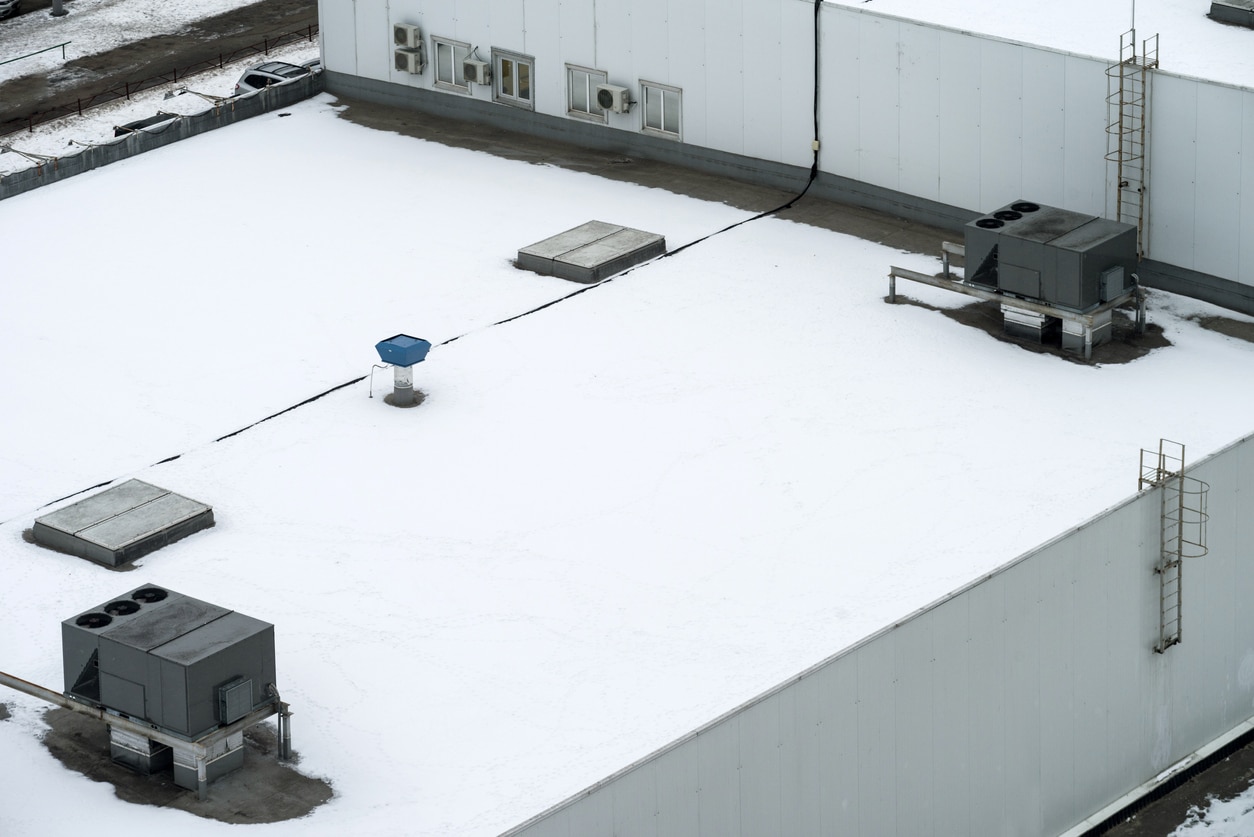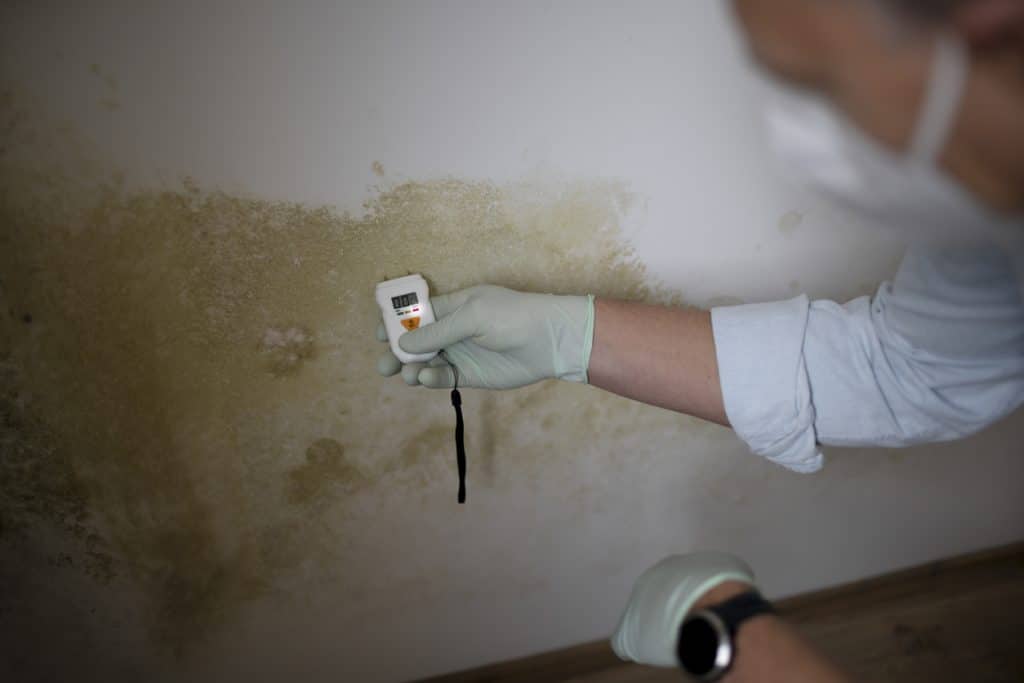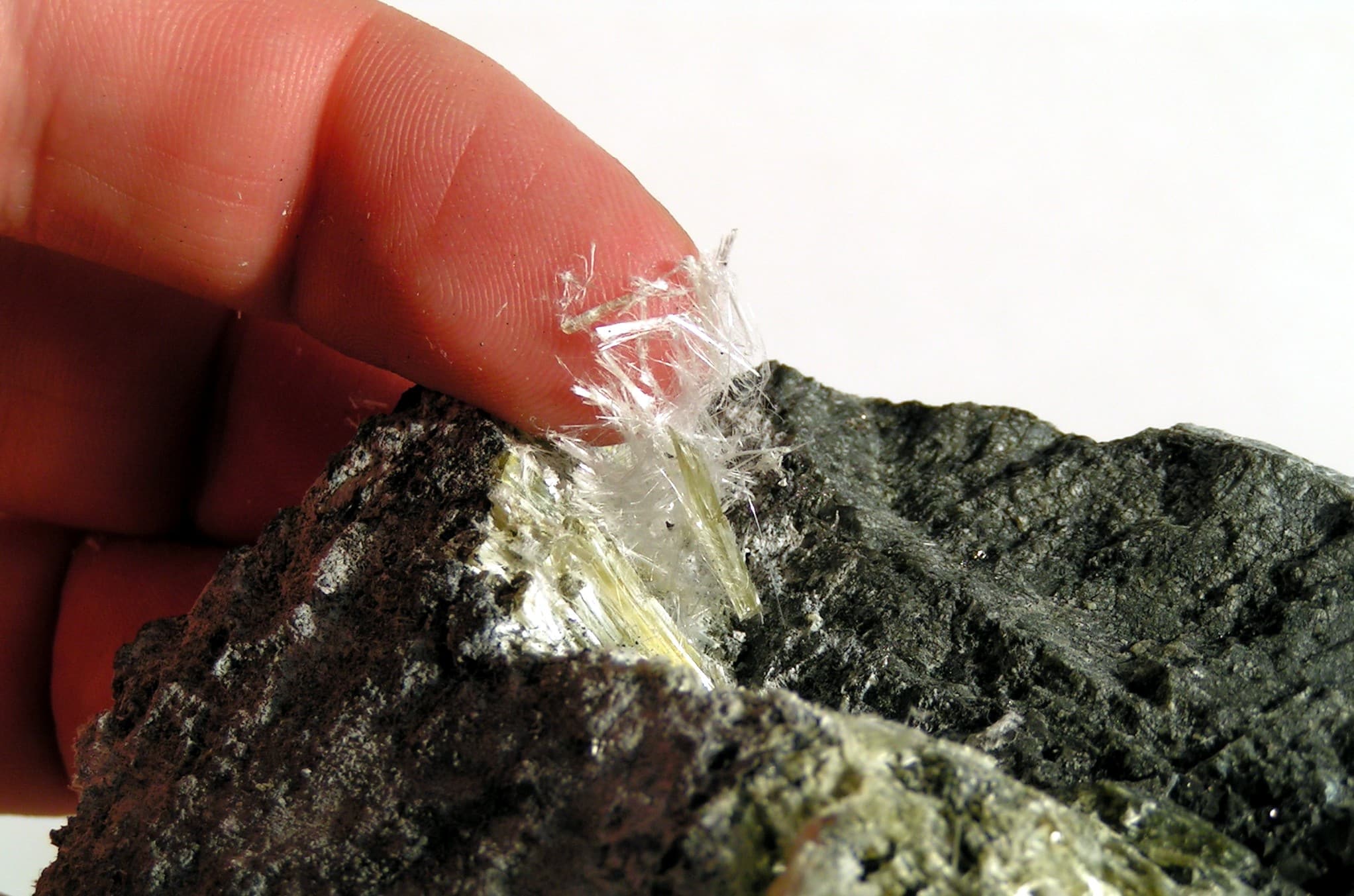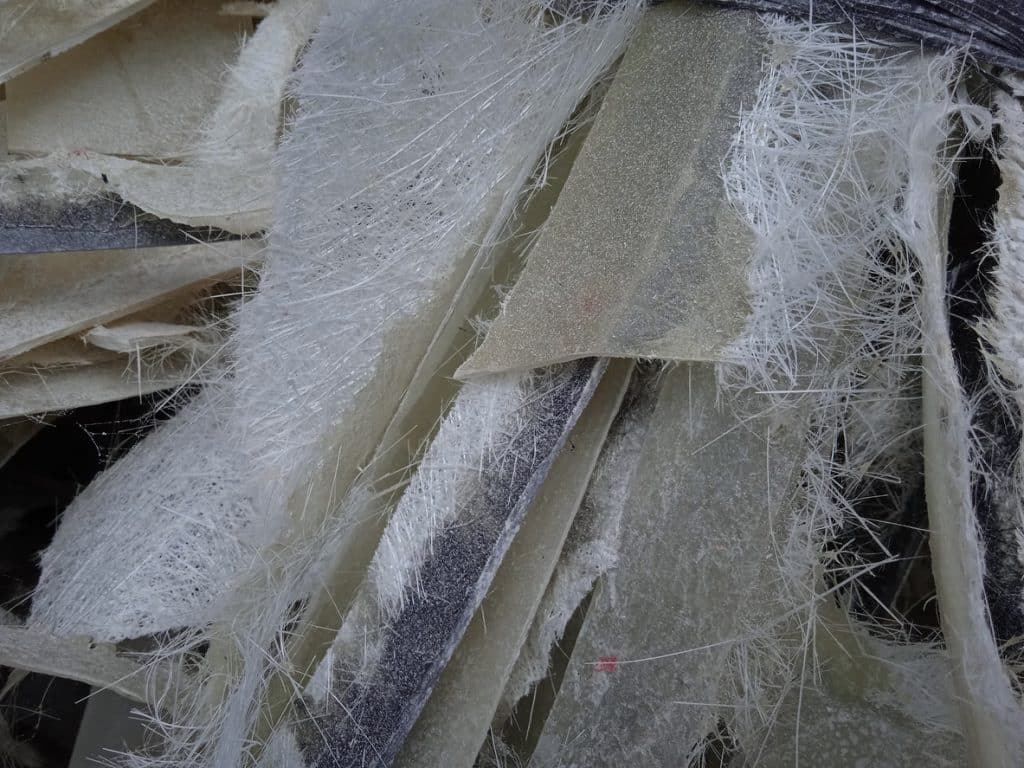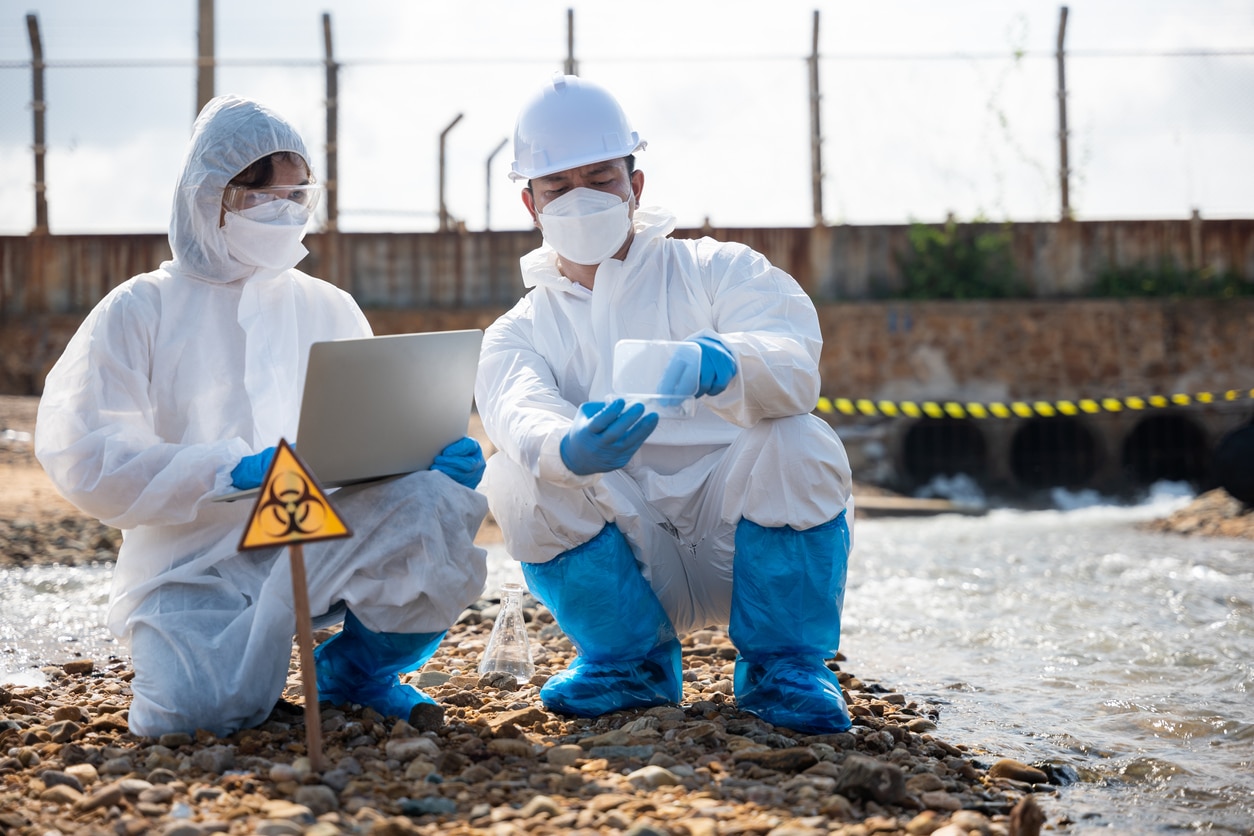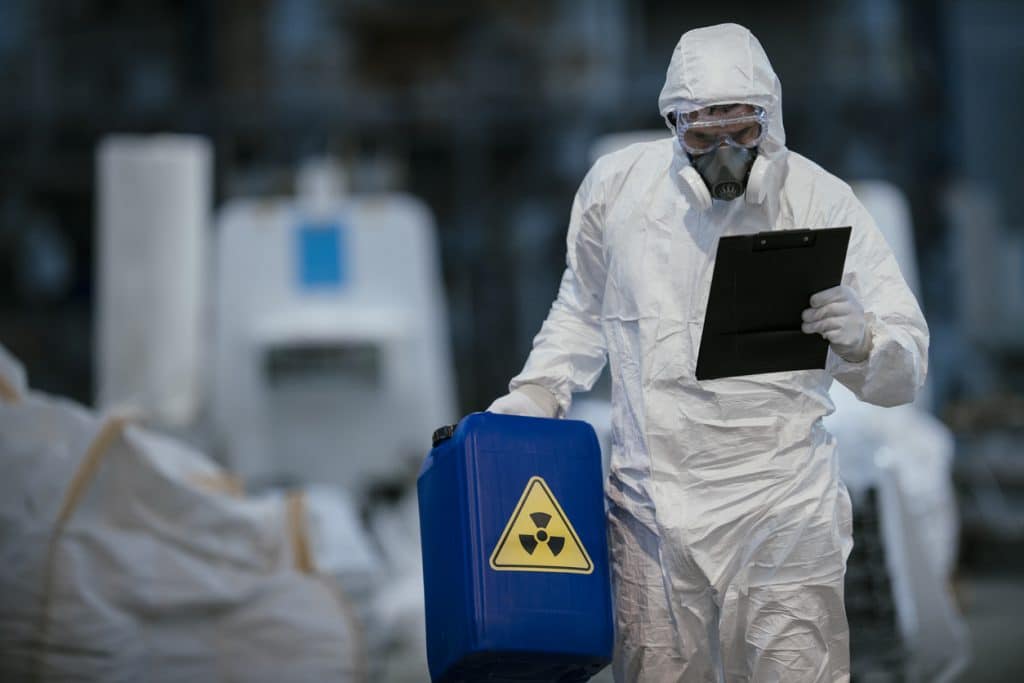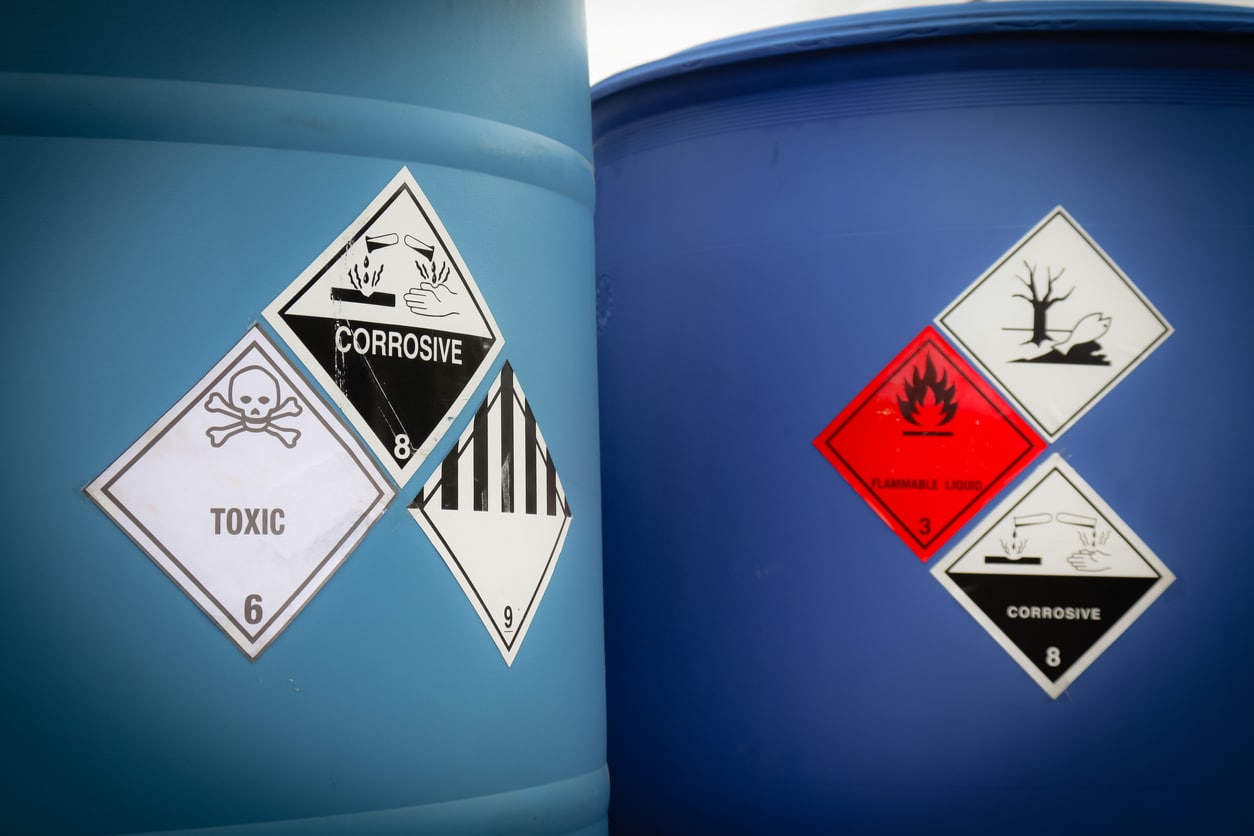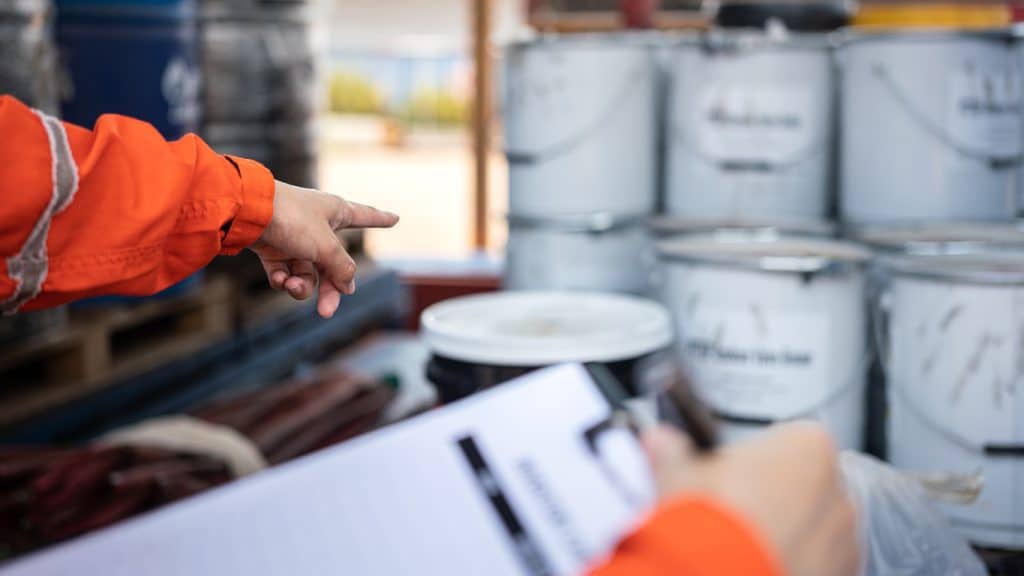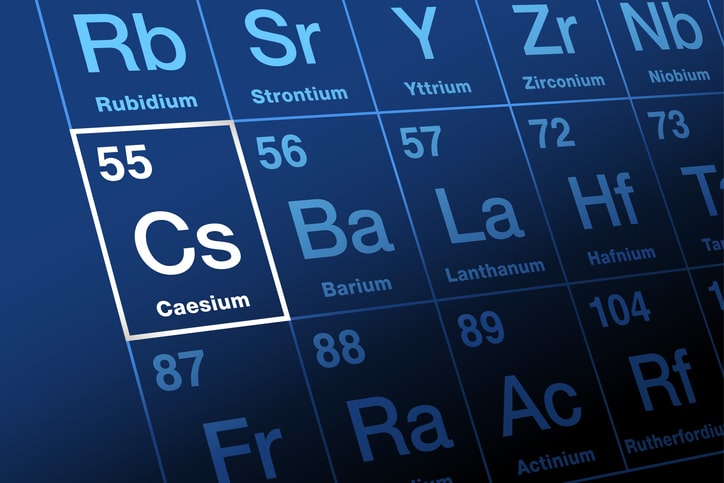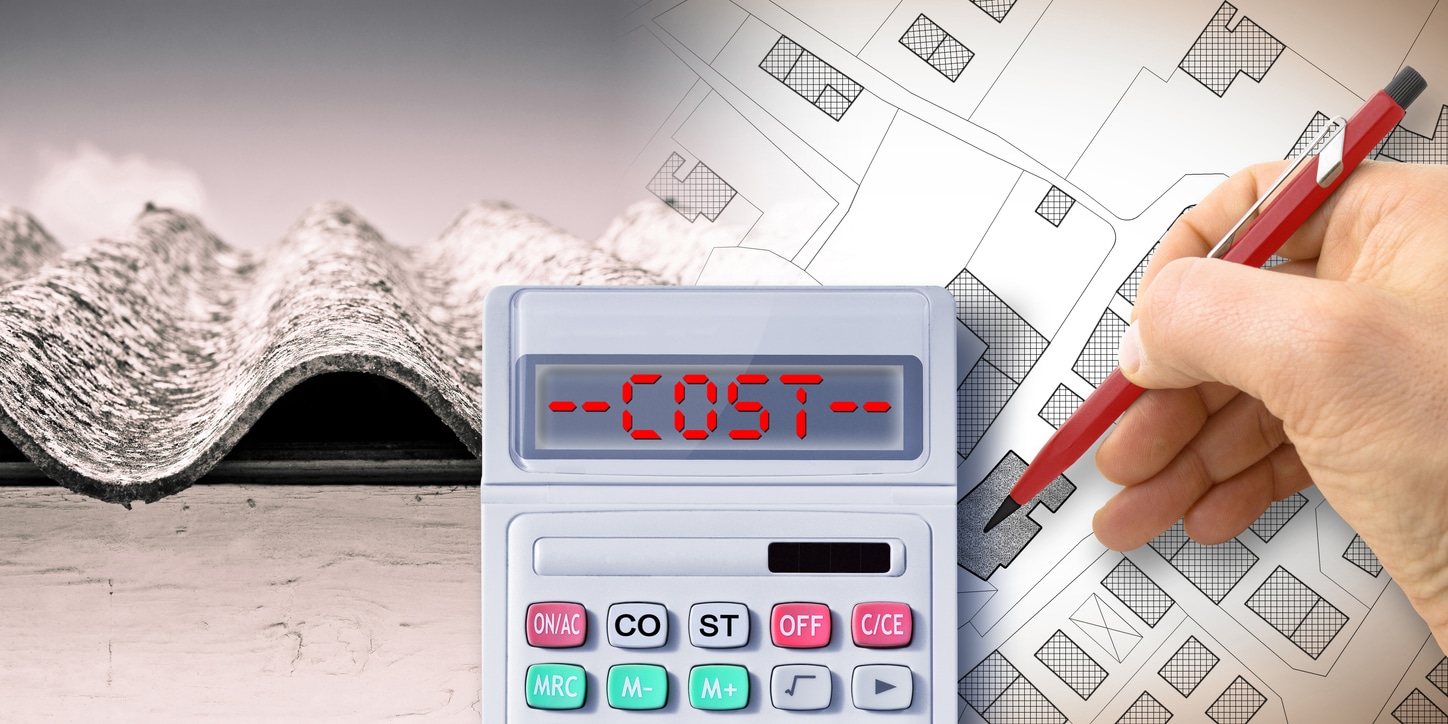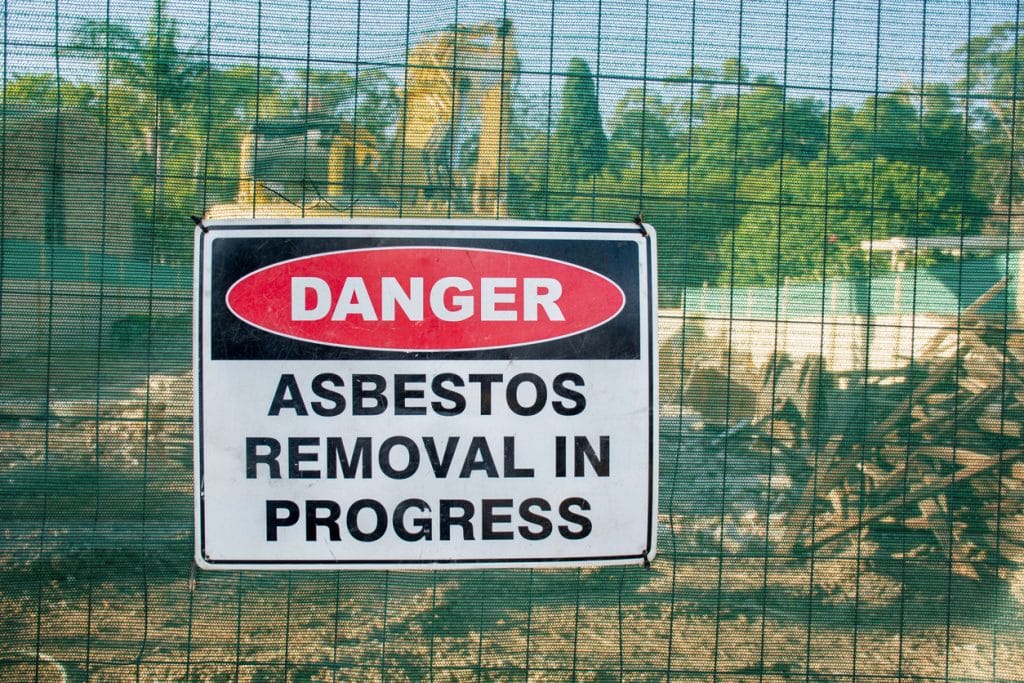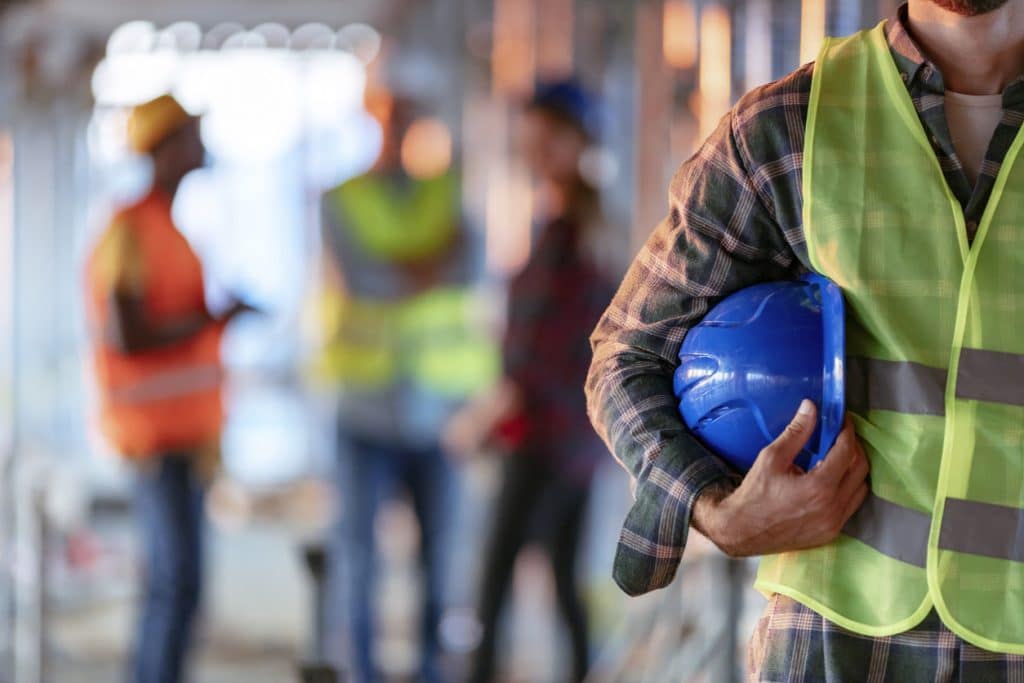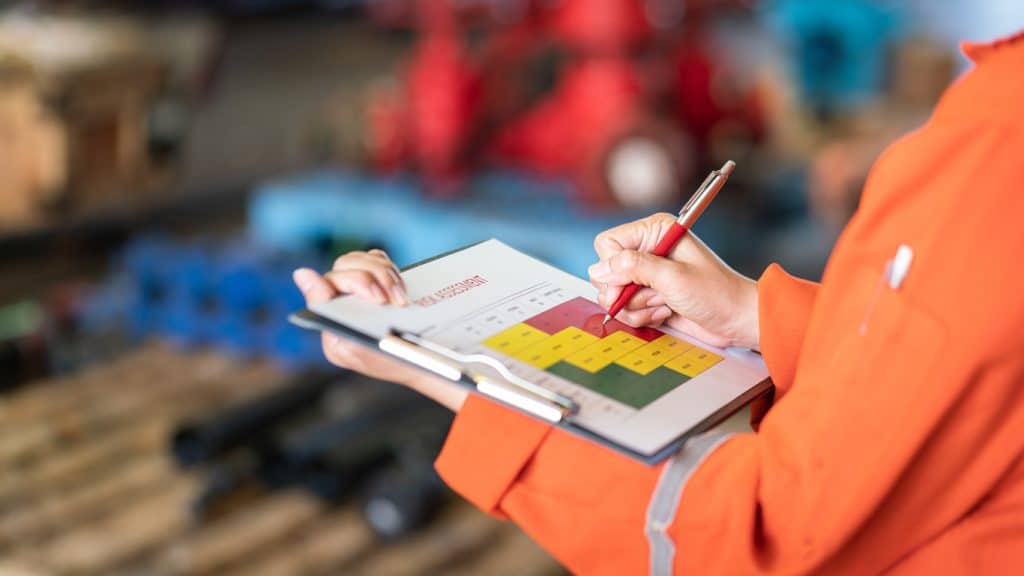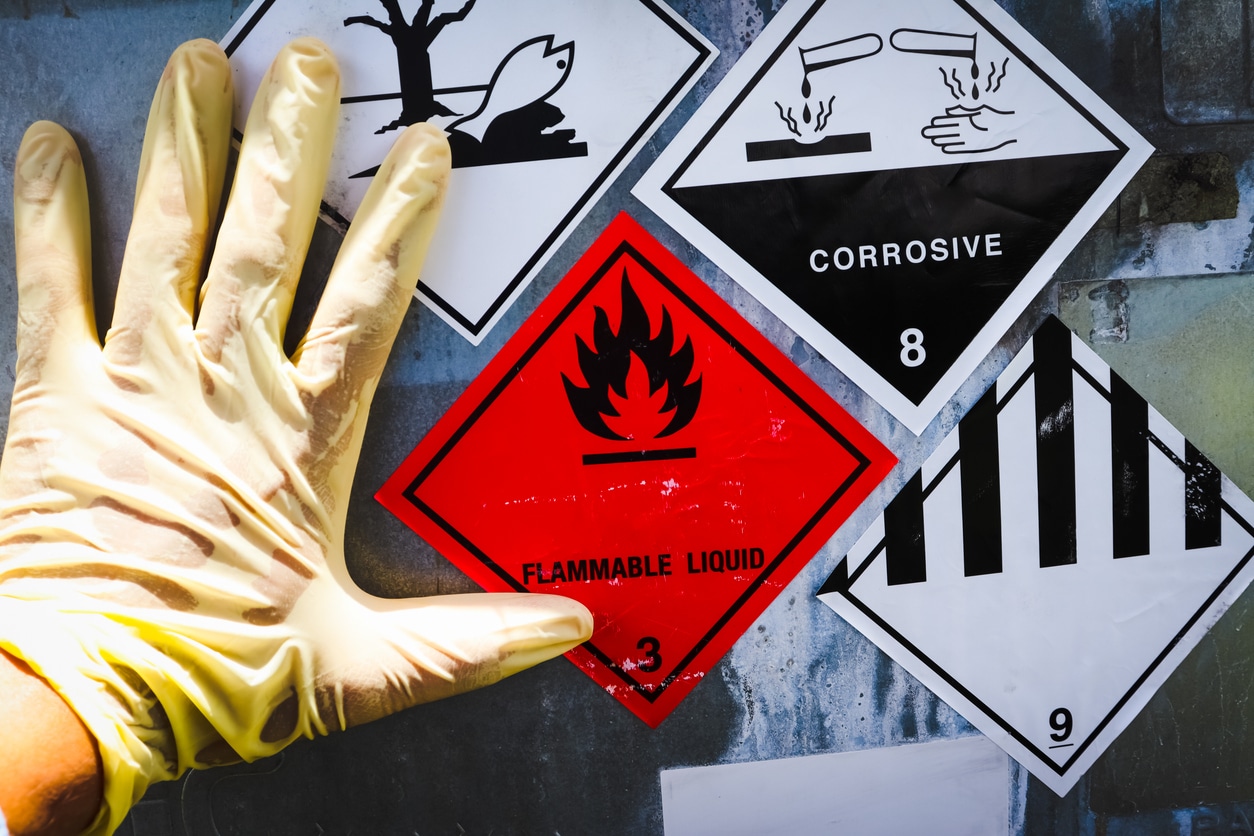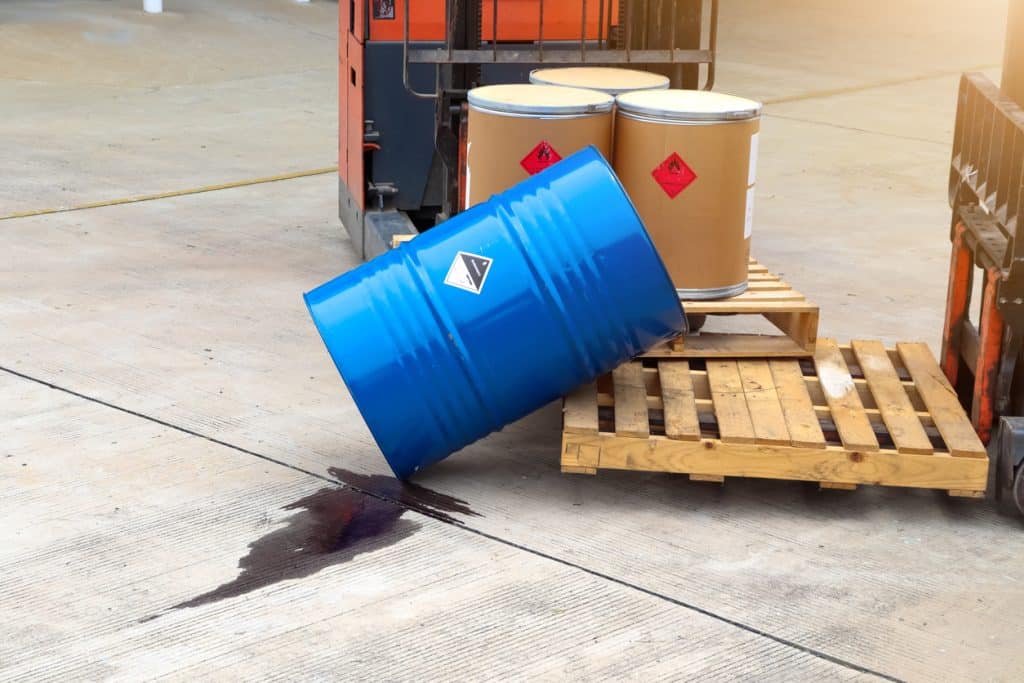With the increasing emphasis on sustainability and health, business owners are paying closer attention to the quality of the air in their workplaces, with a special focus on how it affects productivity and work quality. Air quality testing is a crucial process that helps ensure a healthy environment for all.
What Is Air Quality Testing?
Air quality testing involves the collection and analysis of air samples to determine the presence and concentration of various pollutants, contaminants, and hazardous substances. The primary goal is to assess the air’s suitability for human health, comfort, and the protection of the environment.
Why Is Air Quality Testing Important?
- Health and Safety – Poor air quality can lead to various health issues, including respiratory problems, allergies, and even chronic diseases. Regular inspections and air quality testing can help business owners identify potential risks and take preventive measures to protect their teams from the dangers of airborne allergens, pollutants, and other contaminants.
- Regulatory Compliance – In accordance with Occupational Health and Safety legislation in Alberta, employers must provide a safe and healthy workplace for employees. There are several industry standards in place that require businesses to maintain a certain level of air quality. Compliance with these regulations is essential to avoid fines, legal issues, and damage to your company’s reputation.
- Environmental Protection – Ensuring good air quality is not only about human health but also about protecting the environment. Airborne pollutants can have adverse effects on ecosystems and contribute to climate change. Testing helps identify sources of pollution and aids in the development of mitigation strategies.
The Air Quality Testing Process
- Identifying the Scope – The first step is to define the scope of the assessment. This includes determining the location, purpose, and potential sources of air contaminants. This initial assessment helps tailor the testing process to the specific needs of the environment.
- Sample Collection – Air samples are collected using various methods, such as air pumps, passive samplers, or real-time monitoring equipment. Samples may be collected from different areas to get a comprehensive view of air quality.
- Testing & Results – Once collected, the air samples are analyzed and tested for various pollutants, including volatile organic compounds (VOCs), particulate matter, carbon monoxide (CO), nitrogen dioxide (NO2), and more. We’ll provide a report of the contaminant profile that will outline tolerable and intolerable levels. These reports also help prove regulatory compliance.
- Mitigation and Recommendations – If air quality issues are detected, we provide recommendations to resolve the issues. This may involve implementing or improving ventilation systems, removing sources of pollution, or using air purifiers.
- Ongoing Monitoring – Regular air quality testing is not a one-time process. We can set up devices that perform ongoing monitoring and track the progress. It should be conducted periodically to ensure that the environment maintains safe and healthy conditions.
Air quality testing is an essential component of environmental safety. By understanding the process and enlisting the expertise of an environmental safety and hazardous materials consultant, you can take proactive steps toward maintaining clean and healthy air in your workplace. Don’t compromise on air quality—invest in testing and contribute to a safer, healthier, and more sustainable future for all.
Alberta Safety & Environmental Services (ASE Services) is one of the most reputable providers of Hazardous materials assessment and hygiene inspection services—including asbestos, lead, mould, mercury, and silica detection, as well as industrial hygiene testing for grow ops and other facilities. With a background in Alberta’s Occupational Health & Safety Commission and professional project management skills, our qualified staff can provide reliable handling of air quality and industrial hygiene from initial industrial inspection all the way to remediation programs.

